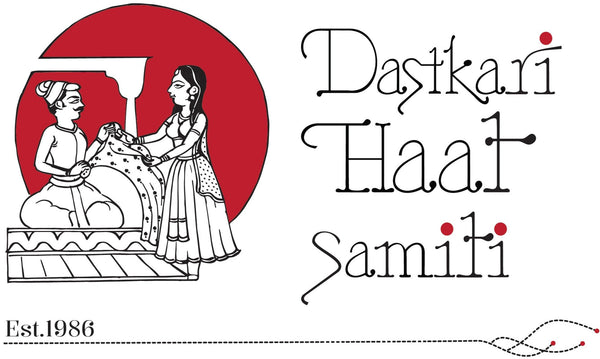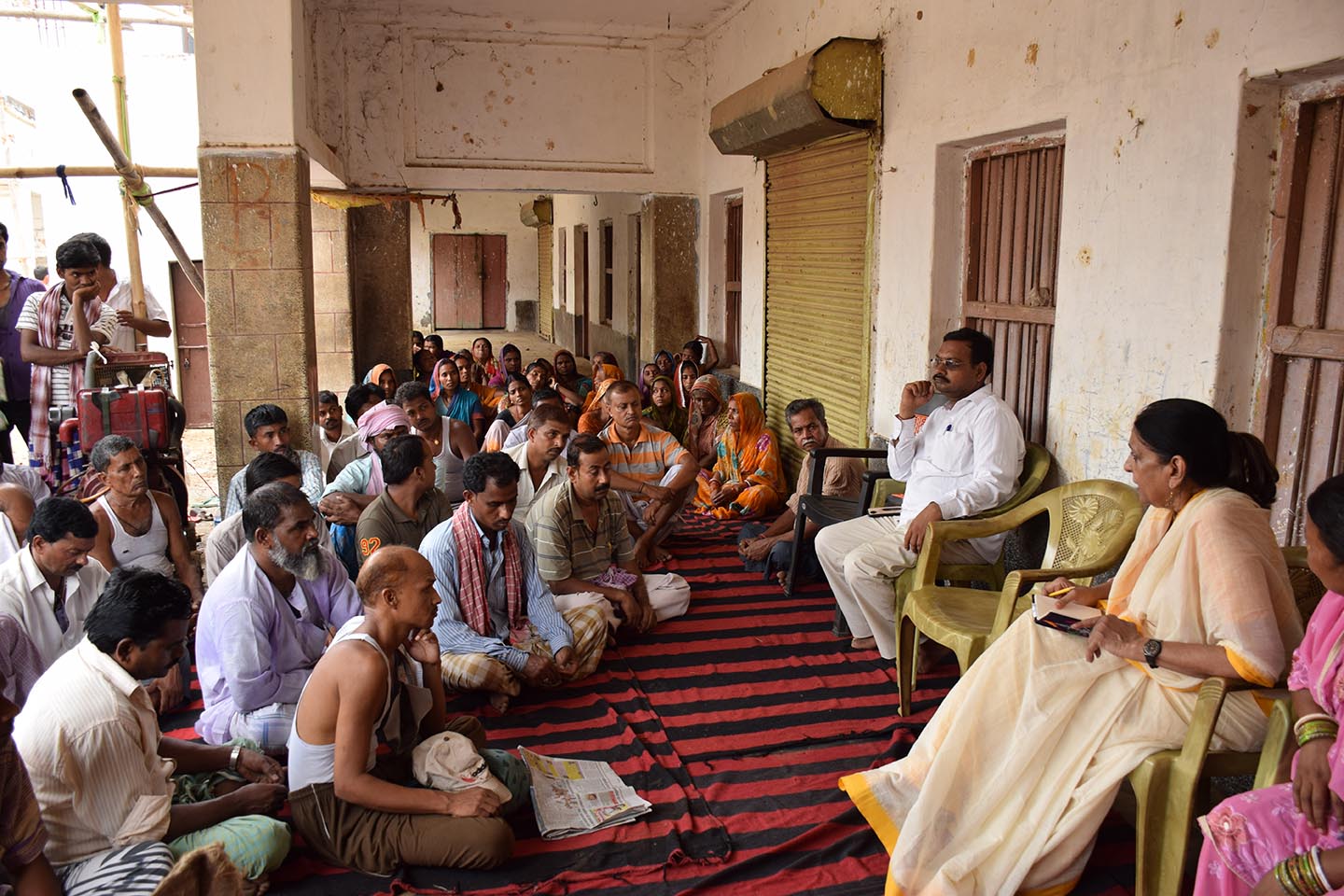Dear Sabyasachi,
We write to you as concerned members of various artisan collaboratives and artisan organisations in the hope of getting your perspective on a matter that is affecting mass livelihoods.
While we are excited to see an Indian designer to be selected to showcase Indian design by a global brand, the implications of this particular collection have worried us and opened Pandora’s box. While there has been significant outrage on social media, we hope to find answers from you as a responsible designer.
In our craftsmanship lies India’s cultural capital and our global comparative advantage, as you have rightly pointed out here. The time has no doubt come to build global awareness and respect about the ‘Made in India’ tag. The question is, should inclusion be limited to consumers? Or can economic impact and recovery be reimagined, and behavioural change for the better be incentivised by those like you – Sabyasachi and H&M – global icons in your own right?
The damage to livelihoods of artisans that began since the British appropriated designs and weaves to replicate on their machines is well documented. Since then, it has continued in various forms – whether it be power looms imitating handlooms, digital prints selling as hand painted artworks, design vocabularies appropriated without credit or compensation to the communities that have held it all these centuries. In the absence of any other economic security, these design vocabularies are the only wealth that artisans have to build their livelihoods.
We are therefore deeply pained by the missed opportunity that ‘Wanderlust’ has been for artisan livelihoods. The publicity material implies that the range is connected with Indian craft. However, the range is not made by Indian artisans and with no visible benefit to them. This was an incredible opportunity to position India’s design and craftsmanship on the global map, to have become the torch-bearers of what regenerative economies can look like. Apart from the many global stores, stalls and shelves boasting ‘Sold Out’ signs, imagine the sheer potential of this story had it only said, ‘Handmade in India’, supporting millions of jobs, equity and sustainable growth in communities that need it the most. Even if half the collection had been made by artisans, it would have made such an impact at a time of economic crisis like this pandemic.
Moreover, this opens up many questions that have implications for the future. We hope you will answer these questions and give us your perspective.
- Have the artisan communities that have the proprietary rights to these designs been credited or compensated in any way? In the case of some of the designs used in ‘Wanderlust’, the Sanganeri print artisans have a Geographical Indication registration (GI), which means they are legally recognised as the proprietors of this technique and design vocabulary
- Many of the publicity statements speak of this collection as linked to Indian design and craft while carefully omitting the fact that it has not been manufactured by any artisan. Is this not misleading the consumer for profit? What exactly is the link of this collection to Indian craft?
- If a design label like Sabyasachi can do this, along with the world’s second largest fast fashion brand, what is the signal that you are sending out to other young designers, global brands and corporations? Will this not set the stage for mass cultural appropriation along with increased loss of ivelihoods, especially in light of everything moving online? Will this not spell the death knell for artisans who are already struggling?
Today, the world of handmade is poised to be a $1 trillion market globally. In India alone, we need 90 million new jobs in the non-farm sector by 2030.
Can we truly create aspirational value for India’s handcrafted products by
taking the ‘business as usual’ approach?
There is a country-wide movement to elevate and position India’s artisan economy as a rich and massive sector for creative manufacturing and luxury production, to adopt technology for greater efficiencies while taking a rights-based approach to protect artisan rights and bring back ownership and prosperity to them. It is this collaborative approach and vision we would wish you to be part of. It is this vision we hope that you will export to the world.
Best Regards,
1. Shilpi Sansthan, Sanganer.
2. Calico Printers Cooperative Society Ltd., Sanganer.
3. Crafts Council Of Weavers & Artisans.
4. Shri Namdev Chhipa Samaj Navyuk Mandal Samiti, Kaladera.
5. Namdev Yug.
6. Crafts Council of India.
7. Delhi Crafts Council.
8. Crafts Council of Karnataka.
9. All India Artisans & Craftworkers Welfare Association (AIACA)
10. Dastkar.
11. Dastkari Haat Samiti.
12. Sasha Association for Craft Producers.
13. Industree Foundation.
14. 200 Million Artisans.
15. Creative Dignity (all supporting organizations as listed on
www.creativedignity.org)

